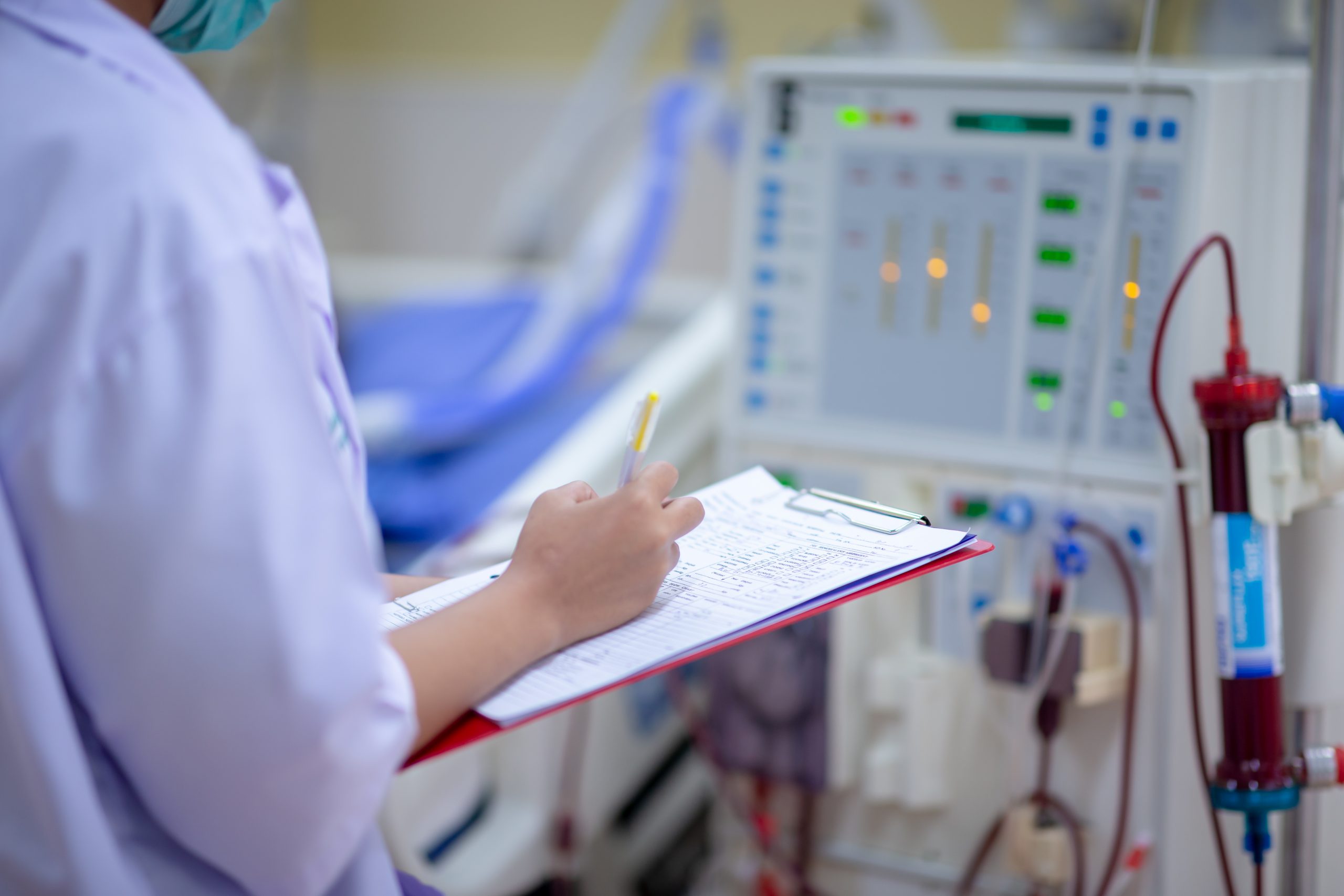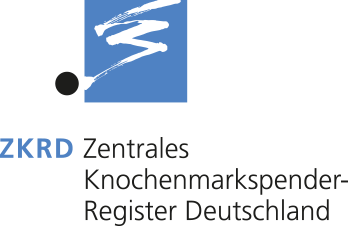Questions & Answers
Patients, donors and other interested parties may have a lot of questions about donating stem cells. We have therefore compiled a list of the questions most frequently asked along with the answers.
If you have not found an answer to your question,
contact us by using our contact form. ![]()

In principle, anyone aged between 18 and 55 years can register as a voluntary stem cell donor.
To become a stem cell donor, you can register either by attending a typing campaign or by
requesting a registration kit from a donor center of your choice. The kit will be sent out by
post and contains all the necessary papers, a consent form, and two cotton swabs. Each of
these is used to take a cheek swab from the lining of the mouth. The samples are then returned
to the donor center with the signed consent form. Your data will be saved and pseudonymized
at the donor center, then forwarded to the ZKRD. Registration is then complete, and you will
be available as a potential donor to patients worldwide.
Blood stem cells are stem cells produced in the bone marrow. They are the starting point for
the creation of all new cells of the blood and immune system: They can develop into red and
white blood cells and platelets. Once the maturation process is complete they leave the bone
marrow and enter the bloodstream, where they perform their job as specialized cells.
Depending on their function, the blood cells die after a few days or months and are therefore
constantly replaced by new cells.
Bone marrow is found inside the large bones, especially in the iliac crest, sternum
(breastbone), and ribs. The bone marrow can regenerate itself, continuously producing blood
cells and immune cells. Since most of these cells have a life span of only a few days to several
weeks, the function of the bone marrow is critical to survival.
There are different types of stem cell transplantation. An autologous stem cell transplantation
involves the extraction and reintroduction of the patient’s own stem cells. This type of stem
cell transplantation is carried out, for instance, if the bone marrow has been damaged by very
strong chemotherapy (cancer drug treatment) for certain cancers.
Transferring blood stem cells from one person to another is called allogeneic stem cell
transplantation. This procedure is undertaken if someone has a disorder of the blood-forming
system or severe immunodeficiency. A distinction is also made here between related and
unrelated donors. If the patient and donor are related, the genetic material will be more similar
and the probability of matching HLA characteristics will be higher. This is especially the case
among siblings, where the probability of finding a genetic twin is 25%. If transplantation of
stem cells from a relative is not possible, a suitable unrelated donor must be found for the
patient. The process of matching the HLA characteristics of potential donors with those of
patients is the core task of the ZKRD.
A stem cell transplant can offer a potential cure for leukemia. Leukemia is also referred to as
“blood cancer.” There are many different types of leukemia, e.g. acute lymphocytic leukemia
(ALL). The transplantation of stem cells can also be used to treat other malignant cancers
such as lymphoma or myeloma, and anemia, immunodeficiencies or certain hereditary
metabolic diseases. In many cases, in fact, it is the best possible therapy.
Any healthy individual aged between 18 and 55 years can register as a stem cell donor. If you
are interested in becoming a donor, you can contact a donor center or register directly during a
typing campaign. Registered donors will remain eligible until they turn 61.
There are two different ways to obtain stem cells for transplantation.
In the case of peripheral blood stem cell donation, the donor is given a growth factor for
several days to encourage the stem cells to mature faster and pass into the blood. The stem
cells are then filtered out of the blood in a similar way to dialysis. Since this has now become
the standard method, we no longer tend to talk about bone marrow transplants but rather
(blood) stem cell transplants.
With a bone marrow donation, a long needle is used to extract some of the bone marrow from
the pelvic bone of the donor under general anesthesia. The bone marrow is quickly
regenerated by the body.
Only about 1% of registered donors actually donate stem cells after typing. Follow-up tests
are performed in roughly a third of all potential donors. The frozen blood sample from typing
can usually be used for this purpose. Additional tests may sometimes follow, meaning that
new blood samples will be needed.
Before the stem cell donation, a detailed informative talk is always held with the donor and a
thorough medical examination carried out. Stem cells may only be donated once all the test
results prove satisfactory. The risks differ depending on the method:
In the case of a peripheral blood stem cell donation, the donor is initially treated with a
growth factor for several days to encourage the stem cells to pass into the blood. Flu-like
symptoms may develop as a side effect of such treatment. These symptoms can be treated
with painkillers and disappear immediately after the treatment. Since the introduction of this
procedure in 1989, no long-term effects have been reported.
With a bone marrow donation, a long needle is used to extract bone marrow from the pelvic
bone of the donor. Bruising can therefore develop around the puncture site and cause
discomfort for a few days. As the bone marrow is collected under general anesthesia, the risk
from the anesthesia is the same as with other operations. The bone marrow itself is quickly
reproduced by the body.
In rare cases, the donor may experience allergic reactions to either of these collection
methods.
As donations are always voluntary, it is possible to withdraw – without having to state a
reason – before the patient undergoes pretreatment. If you are eligible to donate, you will be
invited by your donor center to attend a detailed talk, where you will have the chance to make
your final decision. However, if the treatment process has already started the patient will be
dependent on a transplant. A life-threatening situation will otherwise develop.
Tissue typing involves laboratory analysis of the blood sample or cheek swab taken from a
newly registered donor. Various characteristics are thereby determined which as a whole
reveal a type of “blood group” for white blood cells. The HLA characteristics A, B, C, DRB1
and DQB1 are especially important. Five HLA characteristics are inherited from each parent.
Since there are several hundred variants for each of these five HLA characteristics, there are
trillions of possible combinations. Even more variants can be differentiated due to modern
fine-typing methods. Searching for a suitable donor is therefore difficult: the patient and
donor can only be regarded as “genetic twins” if the combinations of variants match.
Hardly any public funding is provided for typing new donors. According to current social
security legislation in Germany, health insurance companies are not allowed to cover the cost
of initial donor typing either. These activities are therefore funded predominantly by financial
donations.
This contribution helps to fund the following three areas:
• The actual search, i.e. confirmatory typing of donors, procurement and transportation of
blood samples, etc.
• The “operating cost allowance” that supports the work of the stem cell donor centers.
• The work of the ZKRD.
For prolonged and expensive searches there is a recurring allowance per year. Given that a
suitable donor can be found within a few weeks or months for most patients, the recurring
allowance is seldom claimed.
Donors sign a consent form to allow the donor center to forward the relevant tissue data to the
ZKRD. Personal data such as names and addresses remain at the donor center. Since these
details can only be modified by the donor center, you need to notify the donor center of your
new address. After registration, you should receive a donor card containing the contact details
of your donor center.
The ZKRD only receives pseudonymized data relating to donors. Therefore, we have no
access to your personal data. Please contact “your” donor center in this respect. If you no
longer know which donor center this is, you can refer to your donor card. Unfortunately, you
will have to contact every single donor center if you do not have such a card. The best
approach would be to start with the donor center nearest the facility where typing was
performed.
Stem cells are found not only in the bone marrow of adults, but also in the cord blood of
newborn babies. After a child is born, stem cells can be taken from the umbilical cord blood,
placed in storage, and transplanted into critically ill patients. This type of stem cell donation is
seldom performed in Germany, however, since the ZKRD, as one of the largest donor
registries worldwide, has access to a vast number of adult donors.
Cord blood can be donated at a public cord blood bank, which makes donated cord blood
accessible to patients worldwide via the ZKRD. There is no charge for donating to a public
cord blood bank. Another option is to pay for storage at a private, commercial cord blood
bank. The cord blood will then be reserved exclusively for your own child.
Firstly, you should check whether your maternity clinic has connections with a public cord
blood bank. You can then contact the cord blood bank to discuss matters further. If the clinic
does not cooperate with a public cord blood bank, it will not be possible to donate the cord
blood.


